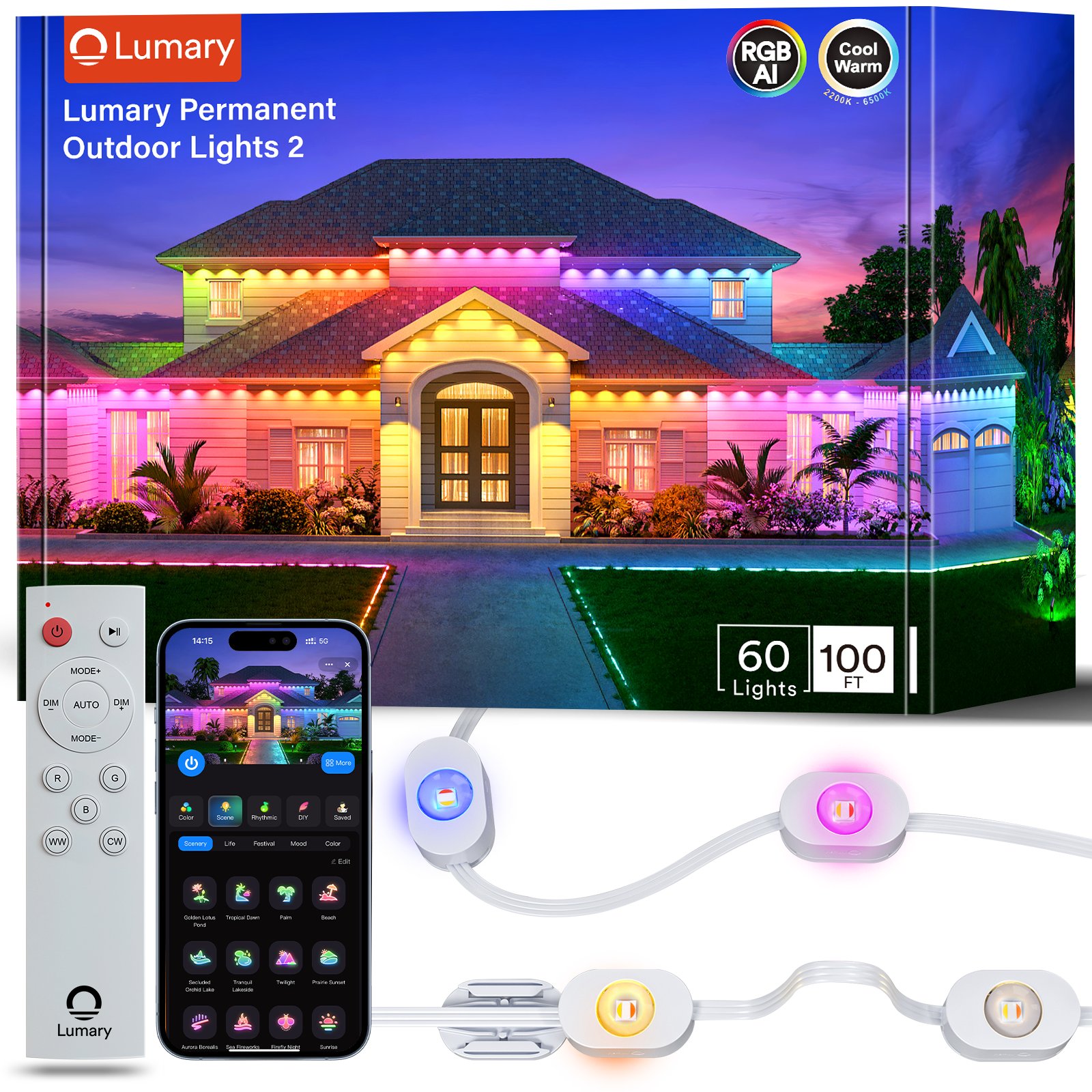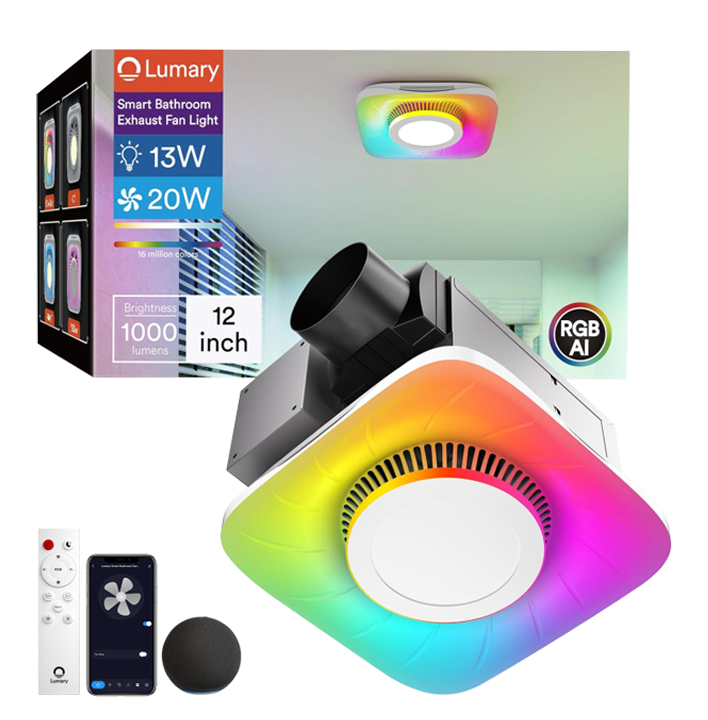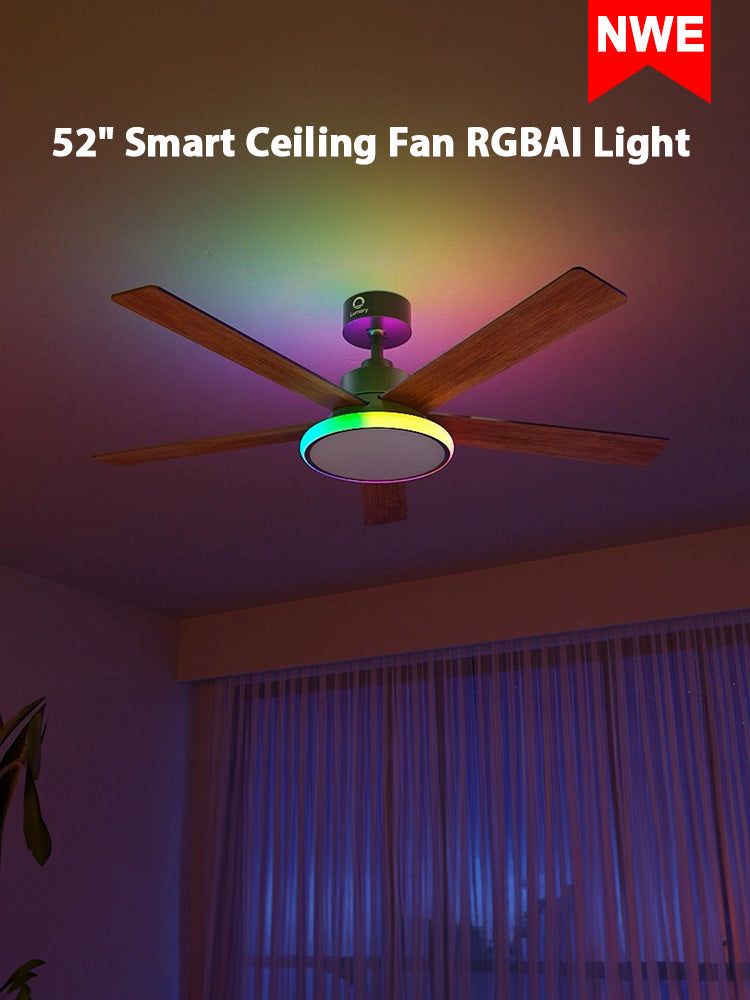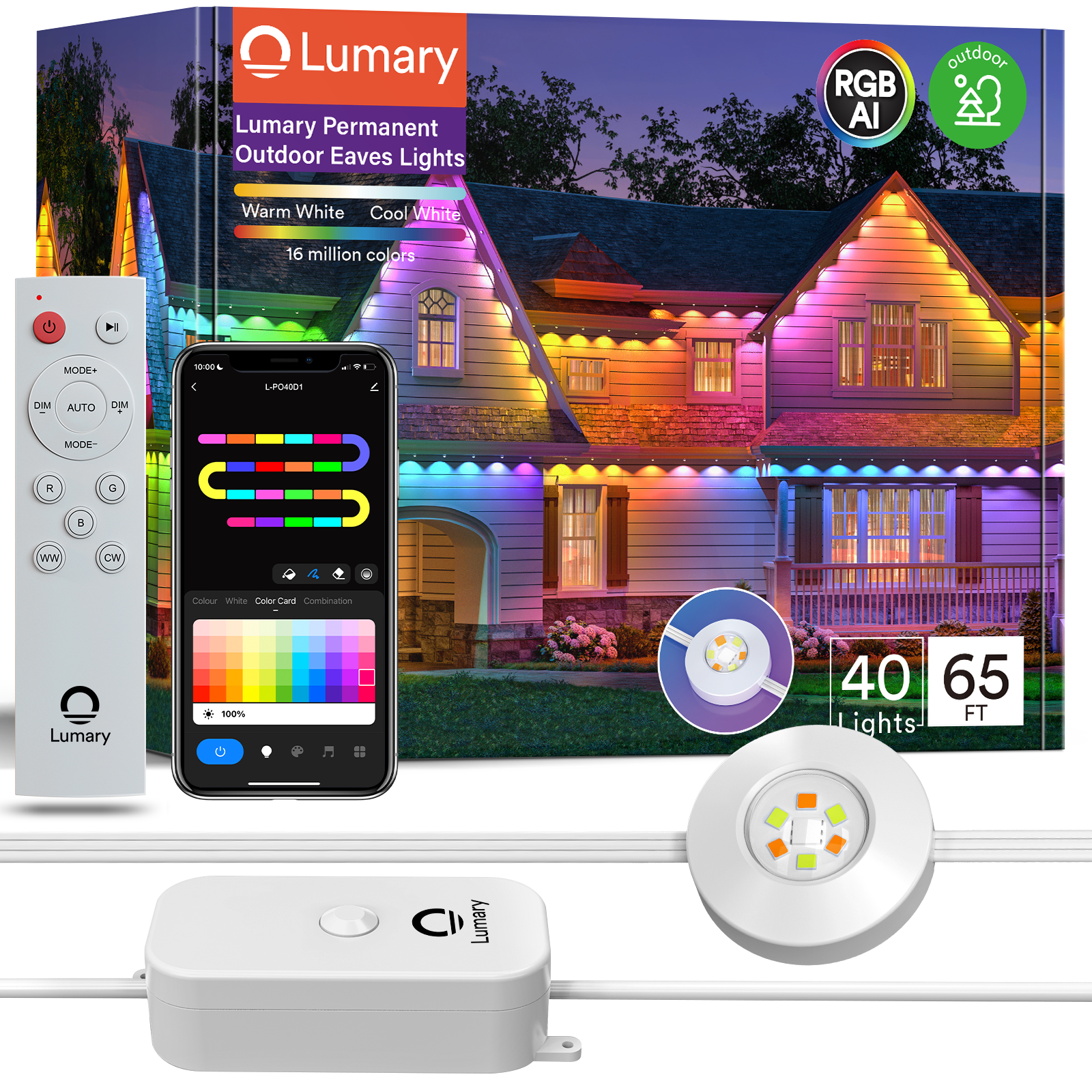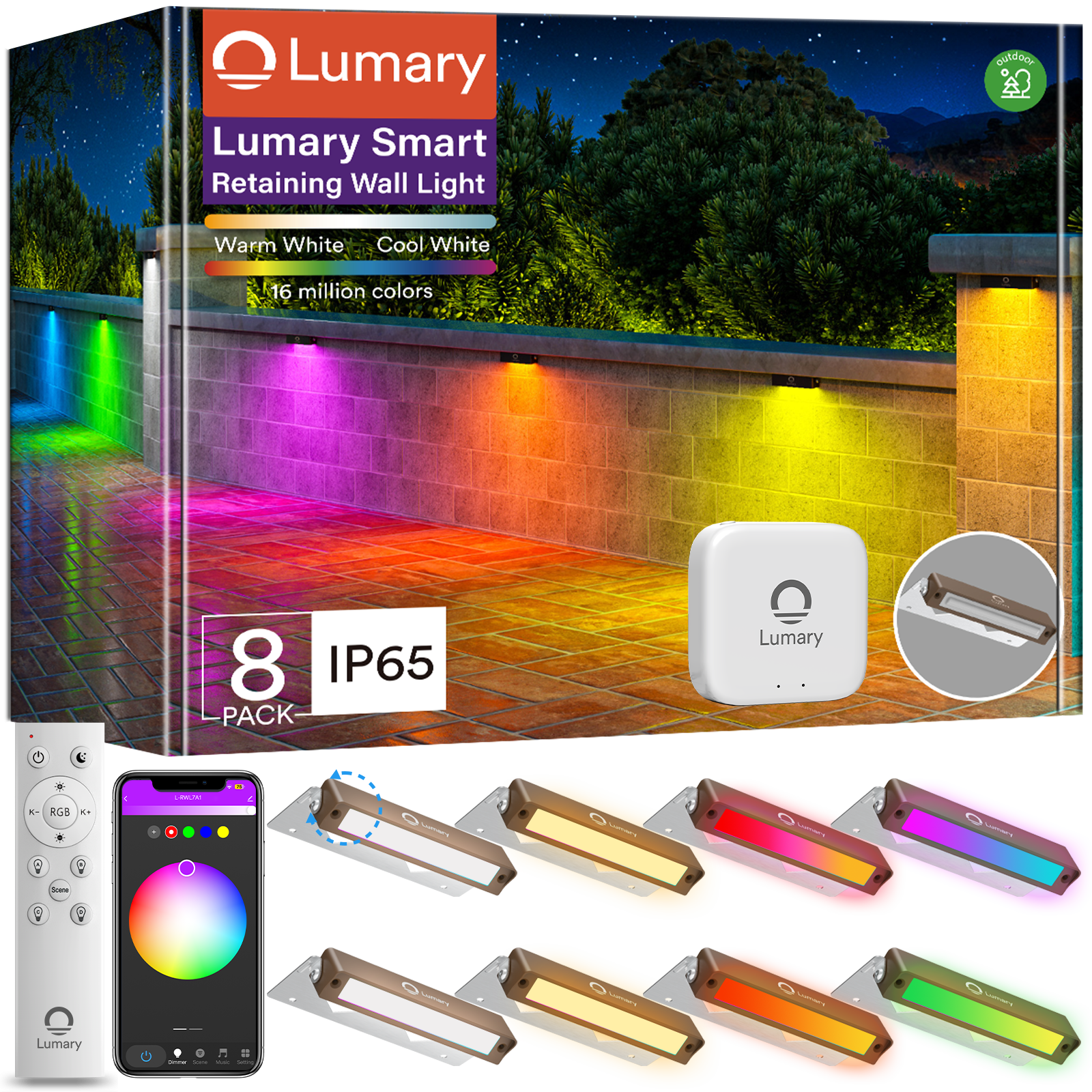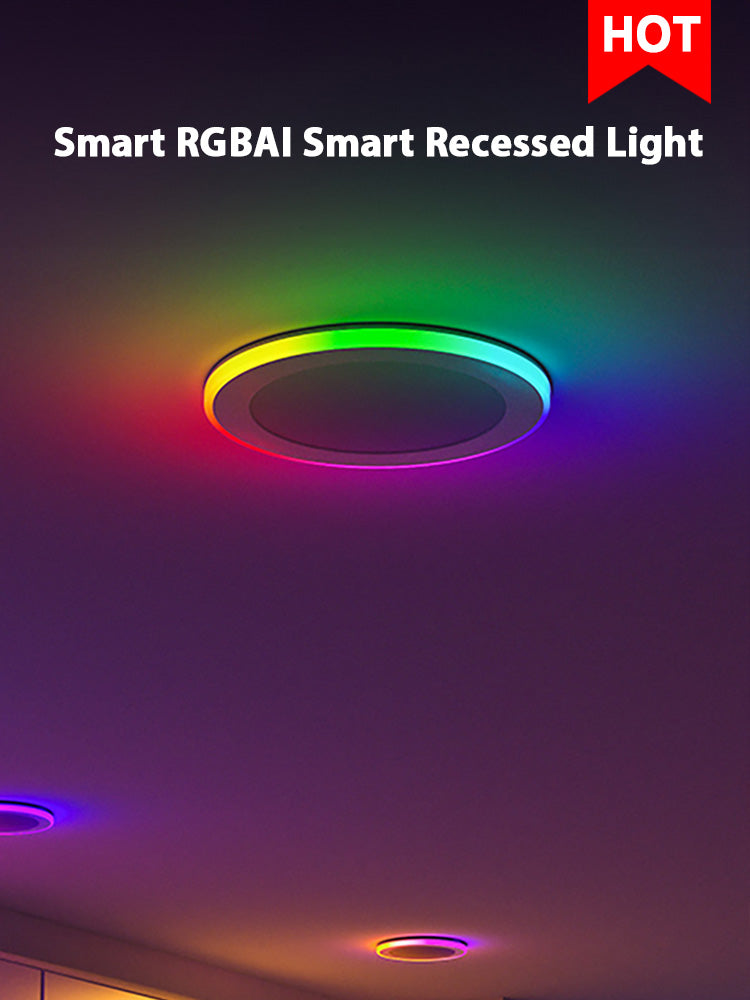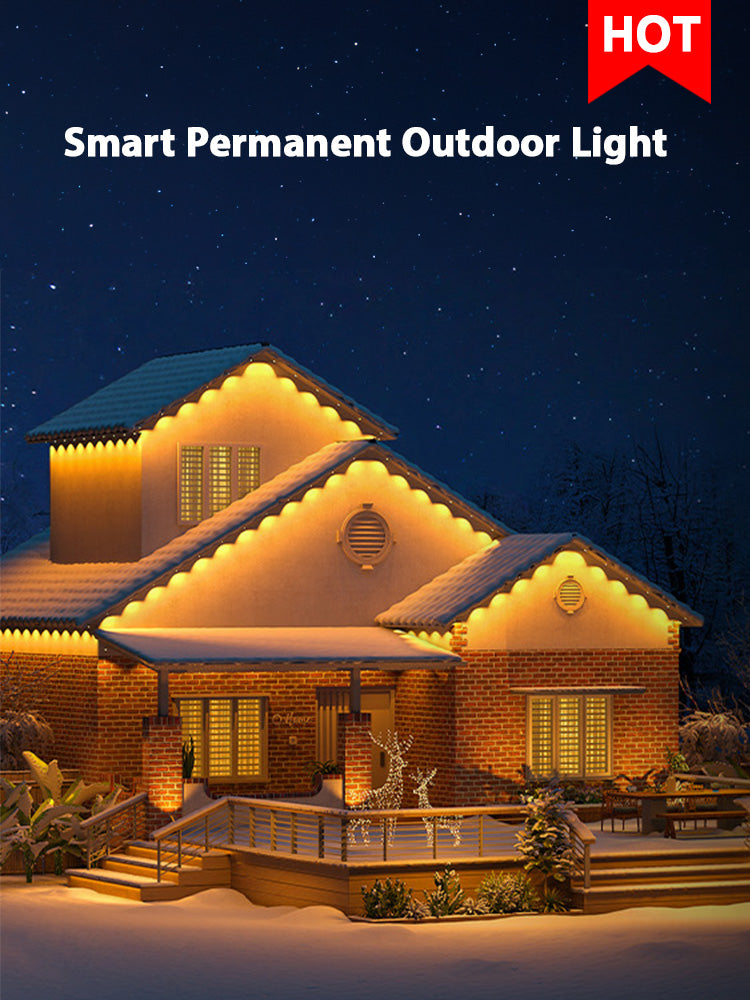Energy-efficient lighting plays a crucial role in reducing energy consumption and saving money. By choosing the right lighting, you can significantly cut down on electricity bills. For instance, LED lighting can save an average household about $225 annually. Among various options, 4 inch recessed can lights stand out for their compact design and efficiency. These lights not only enhance the aesthetic appeal of your space but also contribute to energy savings. With lighting accounting for around 15% of a home's electricity use, opting for energy-efficient solutions like these can make a substantial difference.
Understanding Energy Efficiency in Lighting

Importance of Energy Efficiency
Environmental Impact
You play a crucial role in protecting the environment by choosing energy-efficient lighting. Traditional lighting methods, like incandescent bulbs, consume more energy and contribute to higher carbon emissions. In contrast, energy-efficient options, such as LED lights, significantly reduce energy consumption. This reduction helps decrease greenhouse gas emissions, which benefits the planet. By opting for energy-efficient lighting, you contribute to a cleaner and healthier environment.
Cost Savings
Switching to energy-efficient lighting can lead to substantial cost savings. You can light your home using the same amount of light for less money. Lighting accounts for around 15% of an average home's electricity use. By using LED lighting, the average household saves about $225 in energy costs per year. This switch is one of the fastest ways to cut your energy bills. The initial investment in energy-efficient lighting pays off over time through reduced electricity bills.
Energy Efficiency Ratings
ENERGY STAR Certification
When selecting lighting, look for the ENERGY STAR certification. This label indicates that the product meets strict energy efficiency guidelines set by the U.S. Environmental Protection Agency. Products with this certification provide high-quality performance while using less energy. By choosing ENERGY STAR-certified lighting, you ensure that you are getting the most energy-efficient option available. This choice not only saves you money but also supports environmental sustainability.
Lumens per Watt
Understanding lumens per watt is essential when evaluating energy efficiency. Lumens measure the amount of light produced, while watts indicate the energy consumed. A higher lumens-per-watt ratio means more light output for less energy. For example, LED lights typically offer a higher lumens-per-watt ratio compared to traditional bulbs. By focusing on this metric, you can select lighting that provides optimal brightness while minimizing energy use. This approach ensures you get the best value for your investment in energy-efficient lighting.
Choosing the Right 4 Inch Recessed Can Lights
Selecting the right 4 inch recessed can lights involves understanding their unique benefits and types. These lights offer a compact and efficient lighting solution for various spaces.
Why 4 Inch Recessed Can Lights?
Space Considerations
4 inch recessed can lights are ideal for areas with limited space. Their small size allows you to install them in tight spots where larger fixtures might not fit. You can use them in kitchens, hallways, or bathrooms where space is at a premium. Their unobtrusive design ensures that they blend seamlessly into the ceiling, providing ample light without taking up visual space.
Aesthetic Appeal
These lights enhance the aesthetic appeal of any room. Their sleek design offers a modern look that complements various interior styles. You can create a clean and minimalist appearance by using these lights. They provide focused lighting that highlights specific areas or features in your home, adding depth and interest to your decor.
Types of 4 Inch Recessed Can Lights
Understanding the different types of 4 inch recessed can lights helps you make an informed decision.
IC vs. Non-IC Rated
IC-rated lights are suitable for installation near insulation. They prevent overheating and reduce fire risk. If you plan to install lights in insulated ceilings, choose IC-rated options for safety and efficiency. Non-IC rated lights, on the other hand, are for areas without insulation. Ensure you select the appropriate type based on your ceiling's insulation status.
Airtight vs. Non-Airtight
Airtight recessed lights prevent air leakage, enhancing energy efficiency. They help maintain your home's temperature by reducing heat loss or gain through the ceiling. This feature is crucial for energy savings and comfort. Non-airtight lights may allow air to escape, which can lead to higher energy costs. Consider airtight options if energy efficiency is a priority for you.
Selecting the Appropriate Bulb Type
Choosing the right bulb type for your 4-inch recessed can lights is crucial for maximizing energy efficiency and achieving the desired lighting effect. Let's explore the different bulb types and their characteristics.
LED vs. CFL vs. Halogen
Energy Consumption
When it comes to energy consumption, LED bulbs stand out as the most efficient choice. They use up to 90% less energy compared to traditional incandescent bulbs. This efficiency translates into significant savings on your electricity bill. CFL bulbs also offer energy savings, using about 75% less energy than incandescent bulbs. However, they fall short of the efficiency levels provided by LEDs. Halogen bulbs, while more efficient than traditional incandescent bulbs, consume more energy than both LEDs and CFLs.
Lifespan and Durability
The lifespan of a bulb is another critical factor to consider. LED bulbs boast an impressive lifespan of up to 25,000 hours, meaning you rarely need to replace them. This longevity reduces electronic waste and maintenance costs. CFL bulbs have a shorter lifespan, averaging around 8,000 hours. Halogen bulbs offer even less durability, requiring more frequent replacements. By choosing LEDs, you ensure long-lasting performance and minimal hassle.
Color Temperature and Brightness
Warm vs. Cool Light
Color temperature affects the ambiance of your space. Warm light (2700K-3000K) creates a cozy and inviting atmosphere, ideal for living rooms and bedrooms. Cool light (5000K-6500K) provides a bright and energizing environment, suitable for kitchens and workspaces. LEDs offer a wide range of color temperatures, allowing you to customize the lighting to match your preferences and needs.
Brightness Levels
Brightness, measured in lumens, determines how much light a bulb emits. For smaller rooms, a 4-inch recessed light with at least 400 lumens is recommended for adequate illumination. LEDs excel in providing high brightness levels while consuming minimal energy. This efficiency ensures that you achieve the desired lighting without compromising on energy savings.
By understanding these factors, you can make an informed decision when selecting the appropriate bulb type for your 4-inch recessed can lights. Prioritizing energy efficiency and durability will not only enhance your lighting experience but also contribute to long-term savings and environmental sustainability.
Fixture Types and Installation

Selecting the right fixture type and understanding installation considerations are crucial for optimizing the performance of your 4-inch recessed can lights. Let's explore the different trim styles and installation factors to help you make an informed decision.
Trim Styles
Choosing the appropriate trim style enhances both the functionality and aesthetic appeal of your lighting.
Baffle Trim
Baffle Trim features a ribbed interior that softens the light emitted from the bulb. This design reduces glare, making it easy on the eyes and creating a warm, inviting atmosphere. Ideal for living rooms or bedrooms, baffle trims provide a comfortable lighting experience.
Reflector Trim
Reflector Trim maximizes light output by using a smooth, reflective surface. This style is perfect for areas where you need bright, focused lighting, such as kitchens or workspaces. The reflective surface directs more light downward, enhancing illumination efficiency.
Installation Considerations
Proper installation ensures that your recessed lights function effectively and safely. Consider these factors when planning your installation.
Ceiling Type
The type of ceiling in your space influences the installation process. For instance, if you have a drop ceiling, you may need special mounting brackets to secure the lights. In contrast, solid ceilings require cutting precise holes for the fixtures. Understanding your ceiling type helps you choose the right installation method and tools.
Electrical Requirements
Before installation, assess the electrical requirements of your recessed lights. Ensure that your existing wiring can support the new fixtures. You may need to upgrade your electrical system if it doesn't meet the necessary specifications. Consulting with a professional electrician can help you determine the best approach for your setup.
By considering these trim styles and installation factors, you can enhance the effectiveness and appearance of your 4-inch recessed can lights. Prioritizing these elements ensures a seamless integration into your space, providing both functional and aesthetic benefits.
Additional Considerations
Dimming Capabilities
Compatibility with Dimmers
When selecting 4-inch recessed can lights, consider their compatibility with dimmers. Not all lights work seamlessly with dimmer switches. Ensure that your chosen lights support dimming features. This compatibility allows you to adjust the brightness according to your needs, enhancing both comfort and energy efficiency. Check the product specifications or consult with the manufacturer to confirm dimmer compatibility.
Benefits of Dimming
Dimming capabilities offer several advantages. You can create a cozy atmosphere by lowering the light levels in living areas or bedrooms. Dimming also extends the lifespan of your bulbs, as they operate at reduced power. This feature contributes to energy savings, reducing your electricity bills. Additionally, dimming provides flexibility in lighting design, allowing you to set the perfect mood for any occasion.
Smart Lighting Options
Integration with Smart Home Systems
Smart lighting options elevate your home's functionality. By integrating your recessed lights with smart home systems, you gain control over your lighting through voice commands or mobile apps. Systems like Alexa, Google Assistant, and Siri offer seamless integration. This feature enhances convenience, allowing you to adjust lighting without physical switches. As one user shared, "I can’t imagine turning my lights on and off without the options of using a voice command."
Remote Control Features
Remote control features provide unmatched flexibility. You can manage your lighting from anywhere using a smartphone app. This capability is particularly useful when you're away from home, ensuring your lights are off when not needed. Some smart lighting systems also include motion and light-sensing features, offering automated control based on your preferences. A user noted the benefits of such systems, highlighting the ability to customize settings with ease.
By considering these additional features, you enhance the functionality and efficiency of your 4-inch recessed can lights. Embracing dimming capabilities and smart lighting options not only improves your lighting experience but also contributes to a modern, energy-efficient home.
Selecting the right 4 inch recessed can lights involves understanding key factors like energy efficiency, bulb type, and installation considerations. By choosing LED options, you save money and reduce energy consumption. Consider your personal needs, such as desired brightness and color temperature, to create the perfect ambiance. Remember, integrating dimmers and smart lighting systems can enhance functionality and efficiency. Ultimately, your choice should reflect both practical needs and aesthetic preferences, ensuring a well-lit and energy-efficient home.

